Reportar esta entrada
Más sobre la misma comunidad-colección
John Graham, Profesor del Colegio de Texas de Minas circa 1930
John Graham, Professor Texas College of Mines in El Paso Texas ...
A. B. Templeton, Presidente de TWC, con el Dr. Ken Beasley
Texas Western College President, A. B. Templeton with Dr. Ken ...
El presidente del Departamento de Historia de UTEP y la Dra. Natalicio en la ceremonia de graduación
UTEP History Department chair and Dr. Natalicio at Commencement ...
Presidenta Diane Natalicio - El Paso, Texas
President Diane Natalicio at UTEP commencement in Special Events ...
Charlie Bailey felicita a Larry Durham en el estadio Sun Bowl
Charlie Bailey congratulates UTEP donor Larry Durham on donation ...
Desfile de bienvenida, Texas Western College, 1940s
Man on horse leads recreation of first Homecoming Parade of ...
Porristas del Texas Western College se regocijan - 1955
Enthusiastic cheerleaders from Texas Western College probably at ...
Partidarios del Club M del Texas College of Mines (Colegio de Minas de Texas)
M Club Supporters of Texas College of Mines in El Paso, Texas ...
Estudiantes hacia 1925, edificios tempranos en Texas College of Mines (Colegio de Texas de Minas)
Students circa 1925 stand before earliest buildings at Texas ...
Estudiante femenina usa una gorra TWC - 1966
Female student in El Paso, Texas wears commemorative Texas ...
Puntos de referencia en el lado oeste, El Paso, Texas 1965
Aerial photo shows ASARCO and Sun Bowl Stadium as landmarks on ...
Texas College of Mines (Colegio de Texas de Minas), los edificios en 1932
Photo shows automobiles parked in front of buildings at Texas ...
El edificio Brumbelow cerca del campo Kidd Field 1960
Brumbelow Building near Kidd Field on UTEP campus in El Paso ...
Gimnasio Memorial Gym, Los comienzos de UTEP 1960
Photograph shows early construction on Memorial Gym on the UTEP ...
Lucy Gereda en el Colegio de Minas El Paso TX 1938
1938 Lucy Alvares de Gereda during her college years at the ...
Mary Vance Gwinn, El Paso, Texas - alrededor de 1955
Left to right: Ernest Gwinn, Gammon Gwinn III (son), and Mary ...
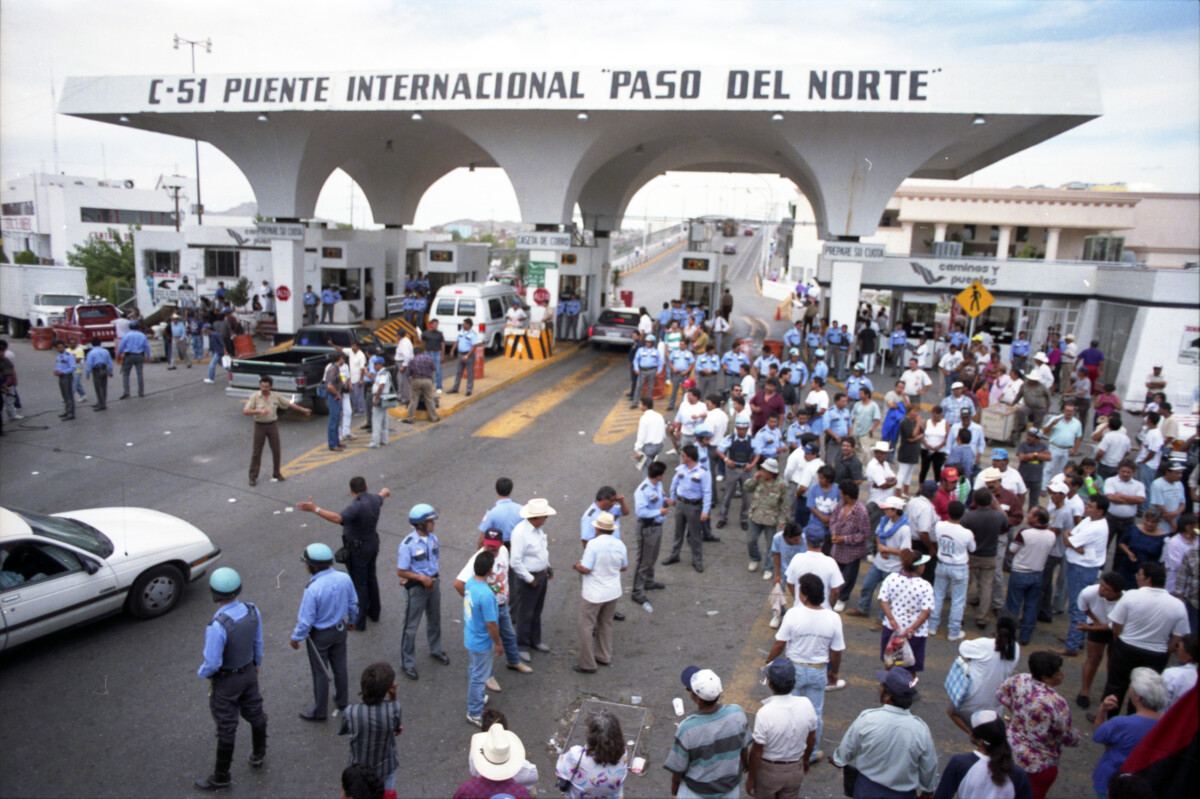
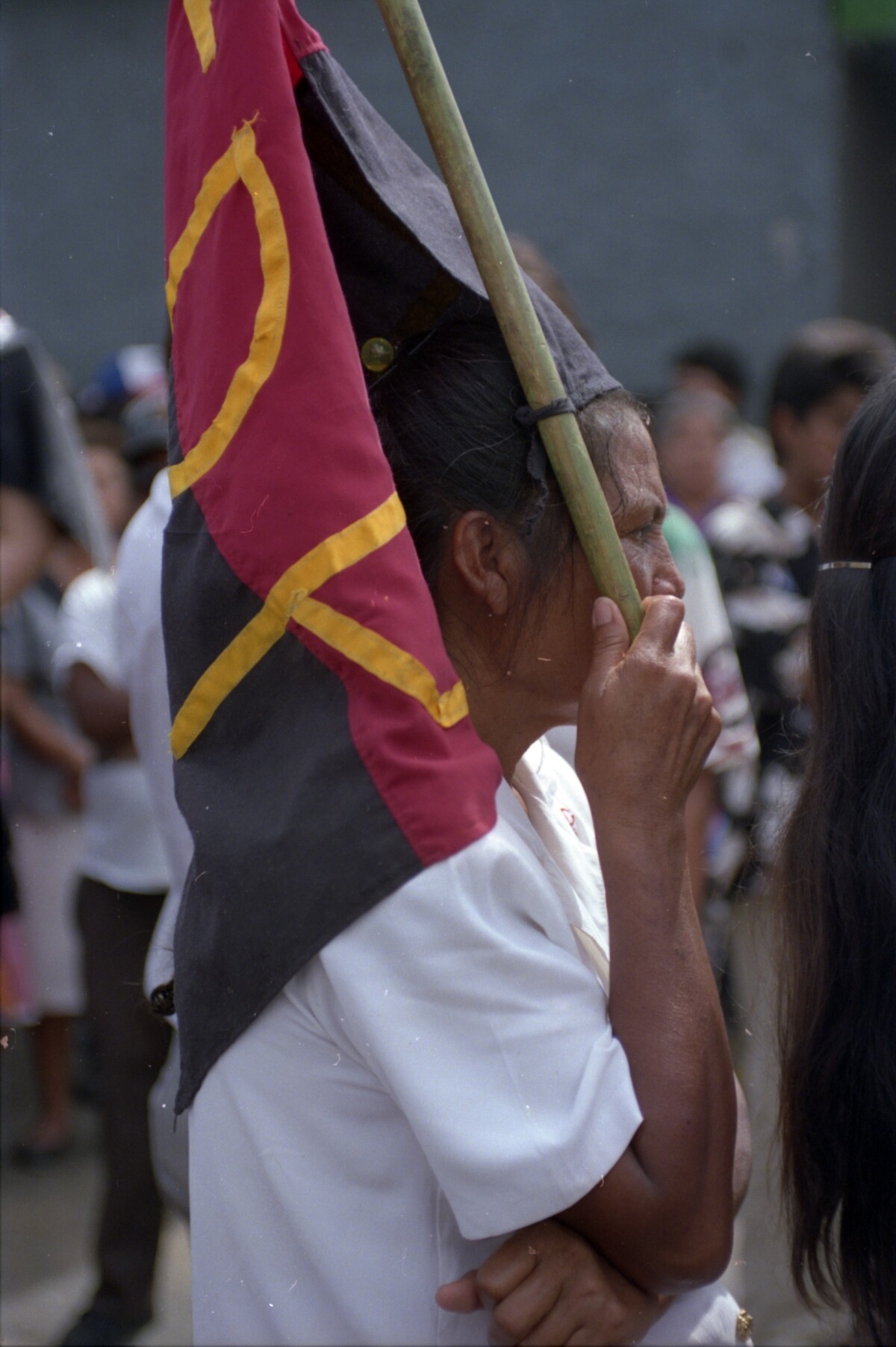

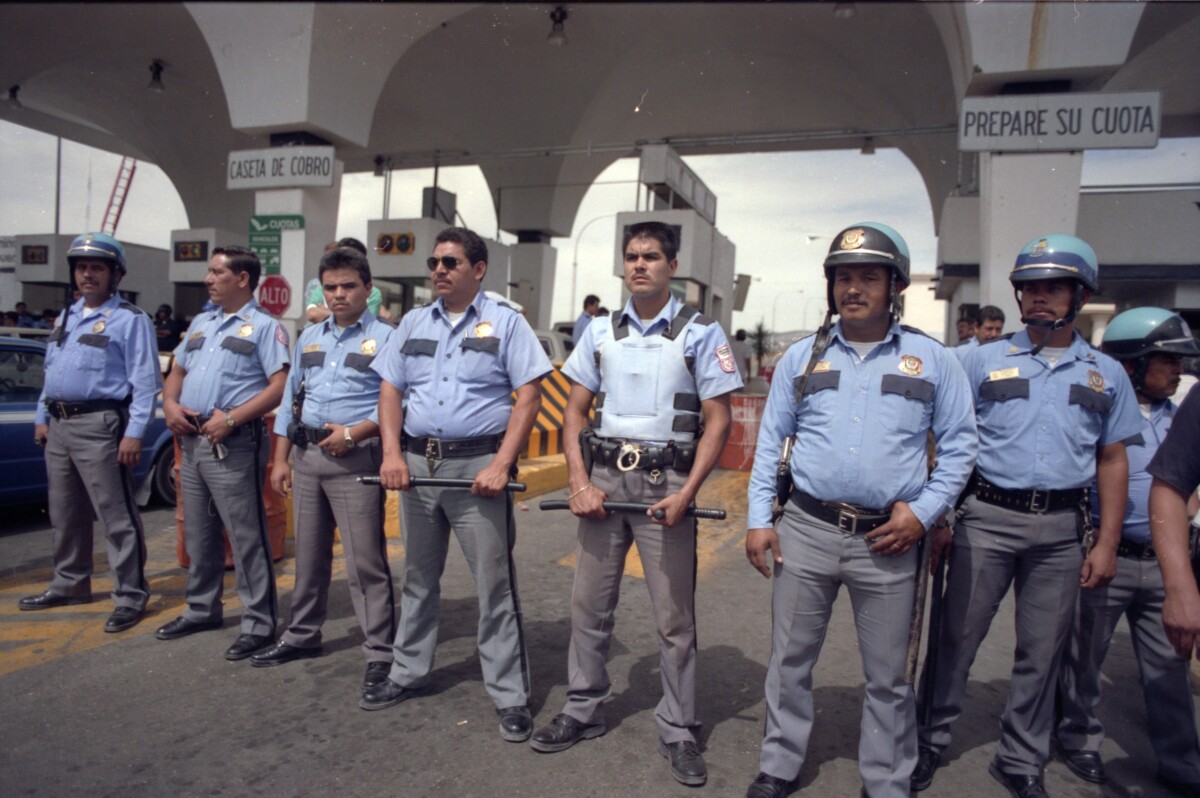
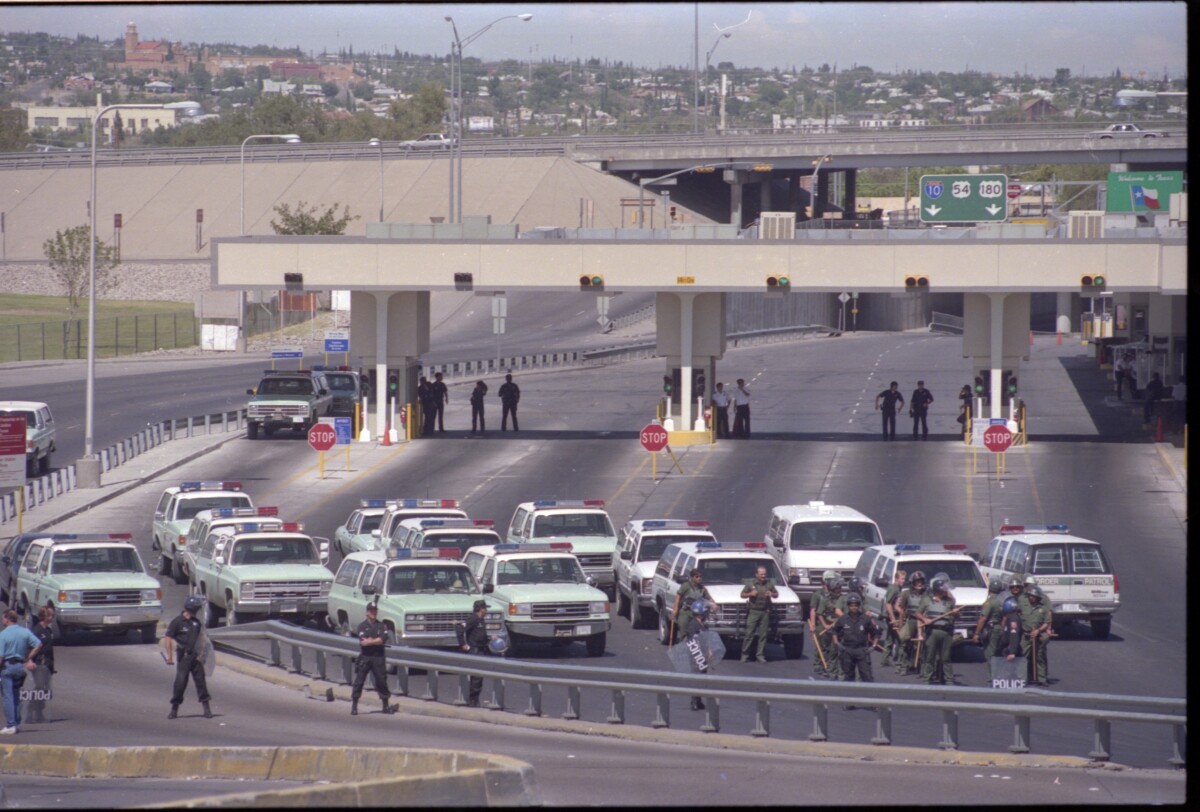

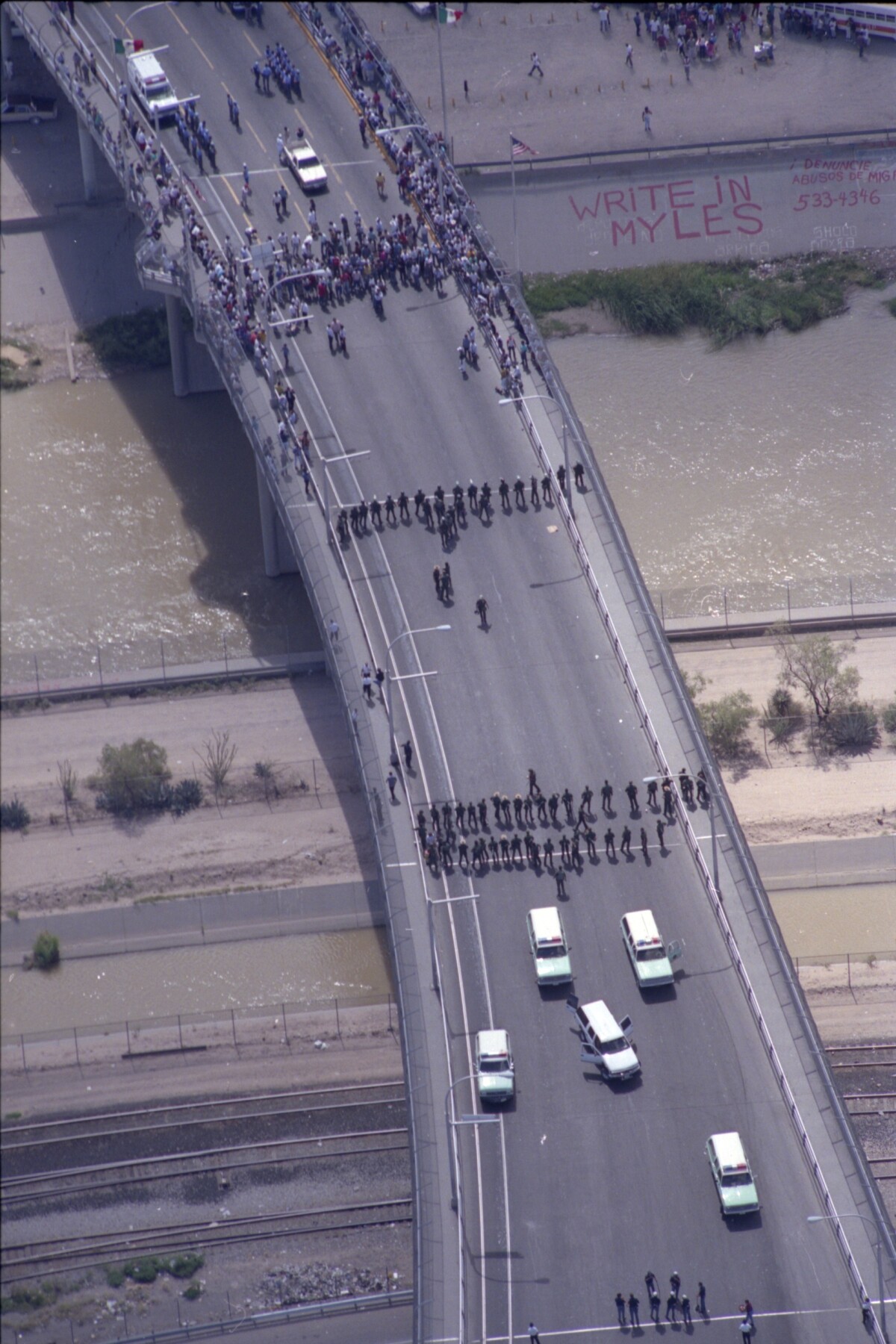
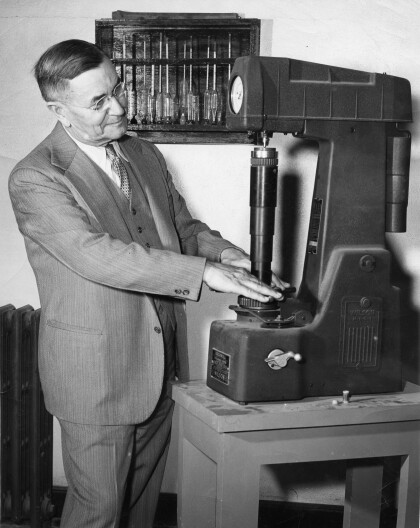
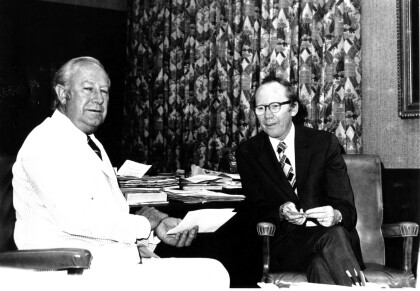


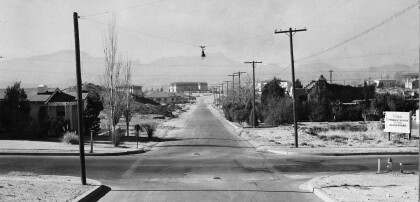
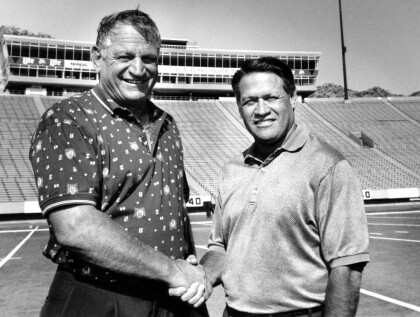
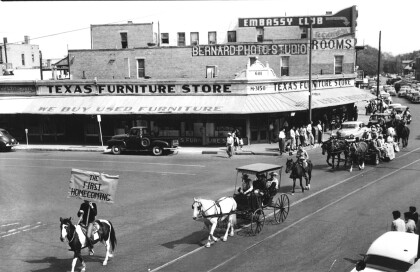
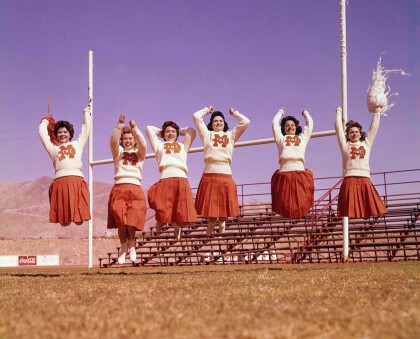
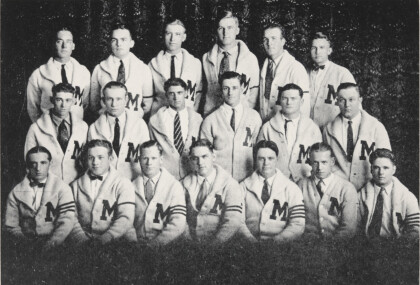
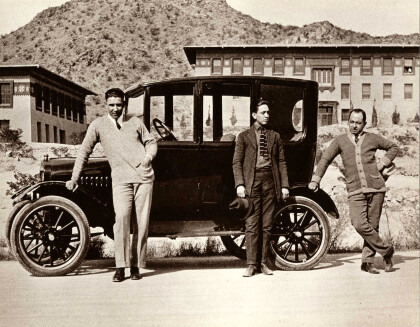

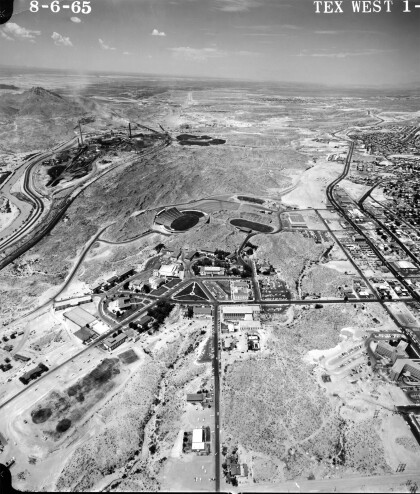
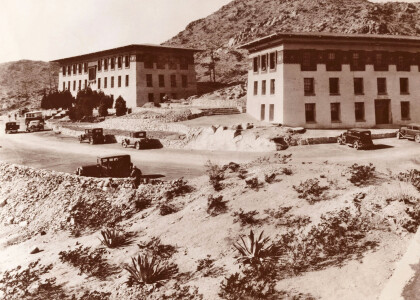
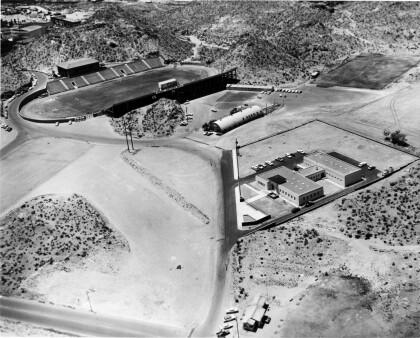


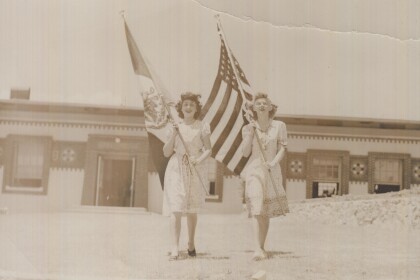


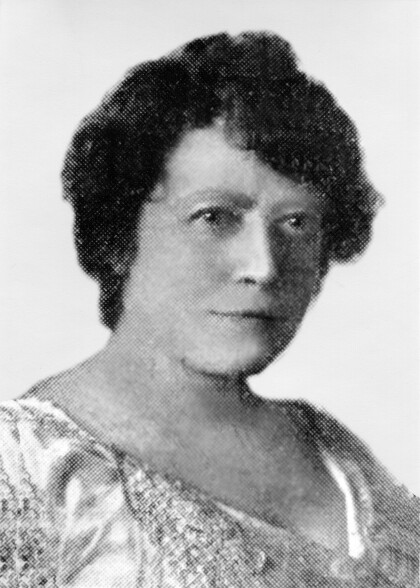
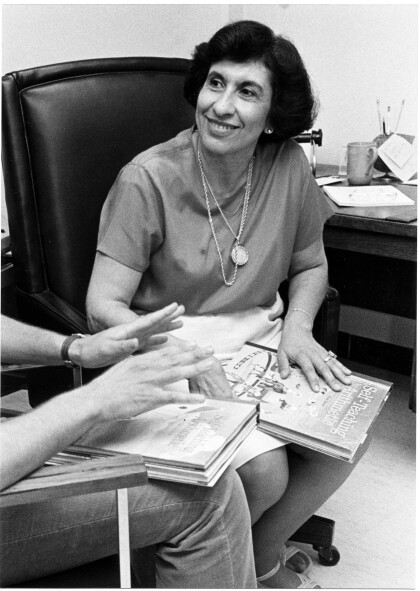


Comentarios
Hacer un comentario